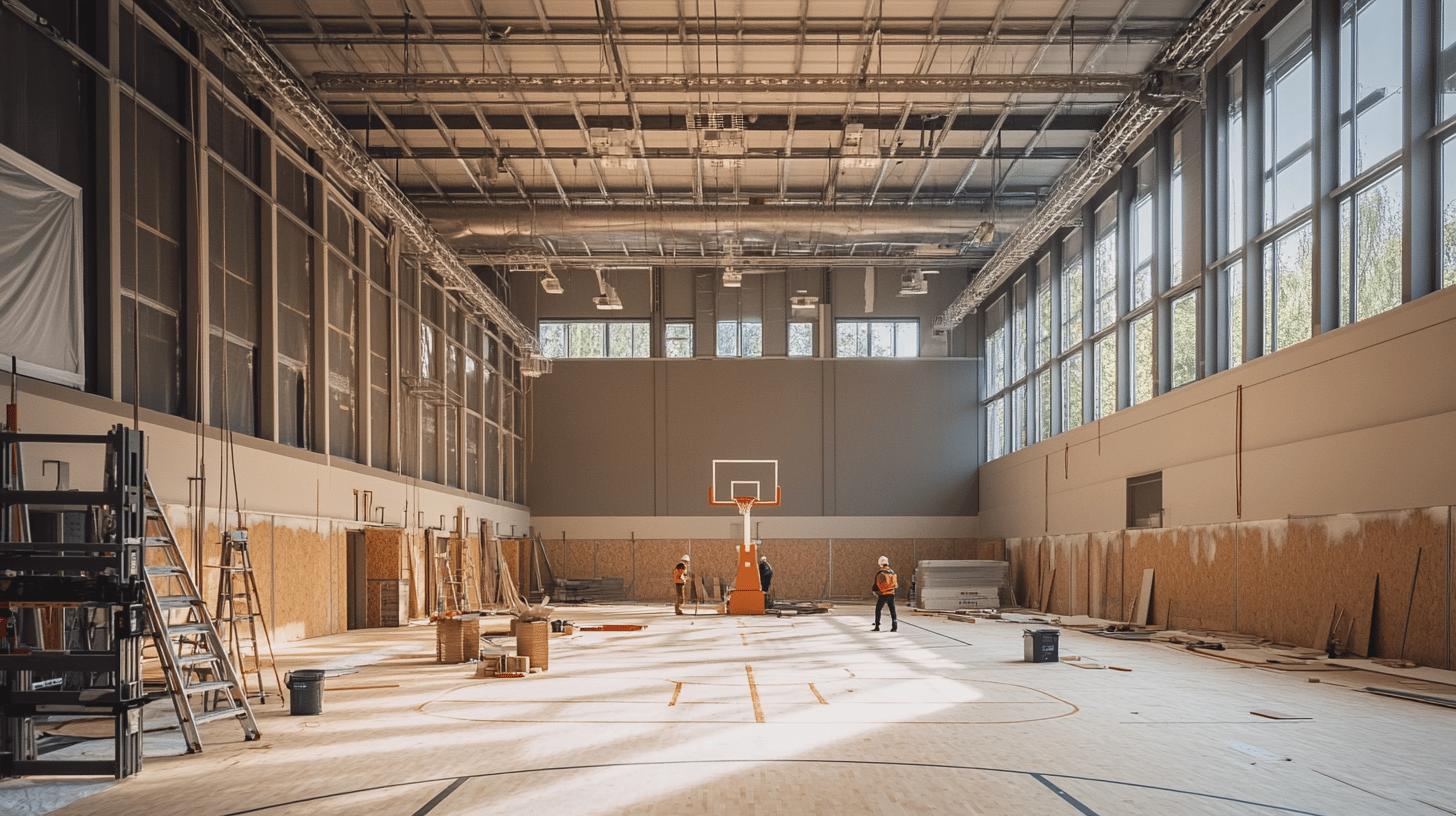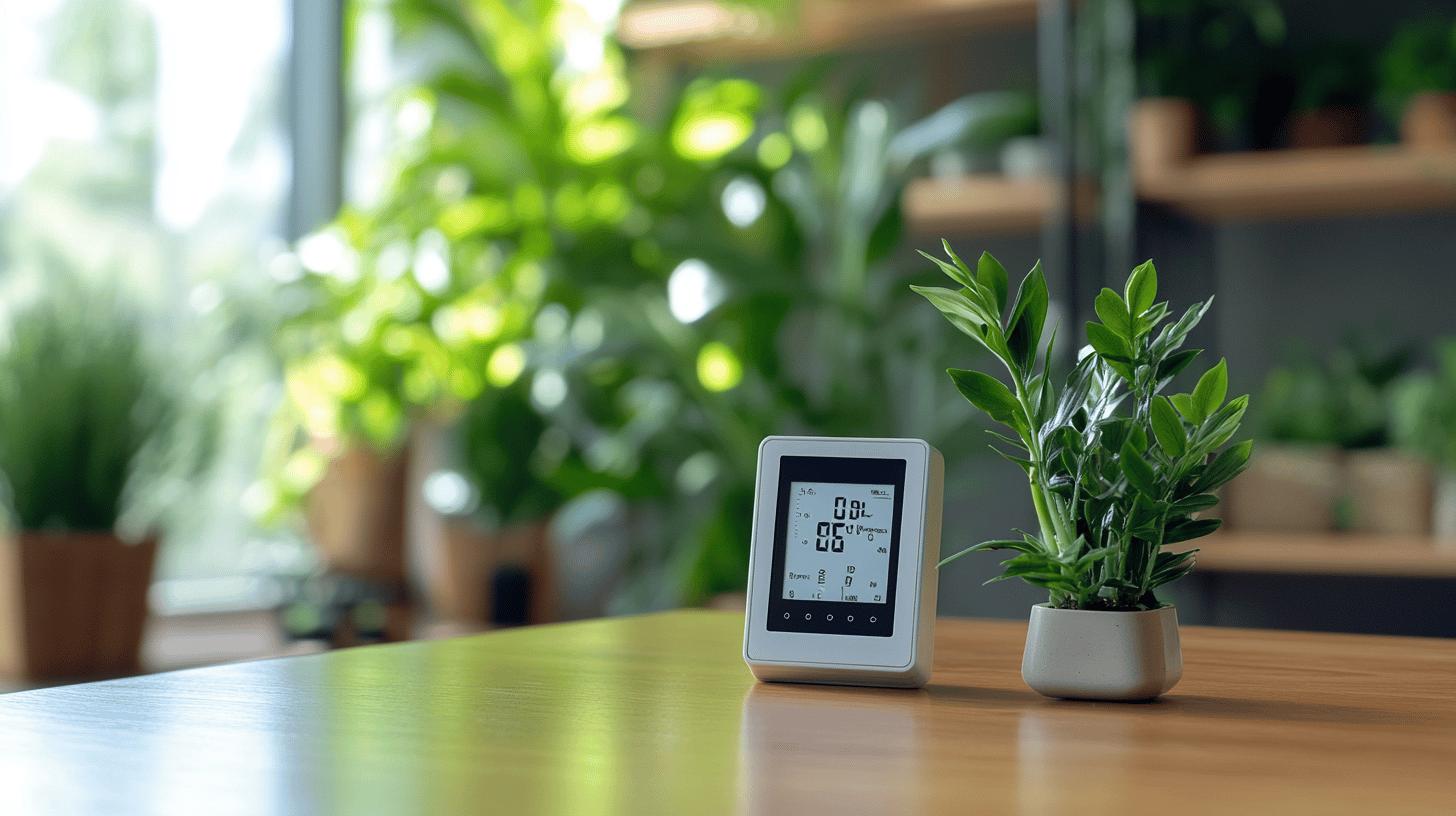Can a simple design element truly transform sports facilities into universally accessible spaces? Edge-ramp profiles do exactly that—bridging the gap between different flooring levels to promote inclusivity. As more sports facilities strive to enhance accessibility, edge-ramp profiles have become indispensable. They ensure wheelchair users can navigate sports floors seamlessly, offering both functional and aesthetic versatility. This article explores how these profiles create wheelchair-friendly environments, contributing to safer, inclusive sports experiences. Discover how various edge styles and materials elevate not only the functionality but also the visual appeal of sporting arenas.
Understanding Edge-Ramp Profiles for Wheelchair-Friendly Sports Floors
Edge-ramp profiles are essential in sports environments to facilitate smooth transitions between differing flooring levels, thereby ensuring wheelchair accessibility. They play a critical role in creating seamless floor transitions that prevent abrupt changes in height, which can be hazardous for wheelchair users. These profiles not only enhance mobility within sports facilities but also comply with accessibility standards, thus fostering inclusivity. By bridging the gap between surfaces, edge-ramp profiles eliminate potential barriers, making sports floors safer and more accessible for everyone.
- Straight
- Box
- Round
- Angle
- Contour
.
Materials commonly used for edge-ramp profiles include aluminium, stainless steel, brass, and PVC. Aluminium is prized for its lightweight nature and corrosion resistance, making it a durable choice for high-traffic areas. Stainless steel offers excellent durability and is resistant to wear and tear, suitable for long-term usage. Brass provides an aesthetic appeal with its unique sheen, while PVC is cost-effective and versatile. Each material brings distinct advantages, allowing facility designers to tailor the profiles to specific functional and aesthetic needs.
Design Specifications and Materials for Edge-Ramp Profiles
Edge-ramp profiles are crafted from a variety of materials including aluminium, stainless steel, brass, and PVC. Each material offers distinct advantages, ensuring suitability for different sports floor transitions. Aluminium is lightweight and corrosion-resistant, making it ideal for high-traffic sports environments. Stainless steel provides exceptional durability and resistance to wear, perfect for long-lasting installations. Brass adds an aesthetic touch with its unique sheen, while PVC offers a cost-effective and versatile solution, accommodating various design needs in inclusive sports facility design.
Customisation of edge-ramp profiles extends beyond material selection. These profiles are available in a myriad of finishes and colours, allowing them to seamlessly blend with or accentuate existing sports flooring. Common finishes include silver, brass, black, grey, white, beige, copper, titanium, and stone effect. This range of options enables facility designers to match the profiles with the surrounding decor or to create visual contrasts that highlight the transition areas, enhancing both functionality and aesthetics.
The dimensions and installation methods of edge-ramp profiles cater to diverse requirements. Profiles come in lengths of 0.9 metres, 2.5 metres, and 2.7 metres, with widths ranging from 10mm to 50mm. This variety ensures compatibility with different flooring levels and transition needs. For installation, profiles can be applied using self-adhesive methods for ease and convenience, or screw fix methods for a more secure attachment. These options provide flexibility, allowing for quick and efficient installation tailored to the specific demands of the sports facility.
Installation Processes and Compliance with Accessibility Standards

Edge-ramp profiles enhance the adaptability of sports flooring by offering versatile installation methods. These profiles can be installed using self-adhesive techniques, which simplify the process and reduce installation time. This method is particularly beneficial for facilities requiring quick updates or modifications. Alternatively, screw fix methods provide a more secure and long-lasting attachment, ensuring the profiles remain firmly in place, even under frequent use. The choice between these installation methods allows facility managers to select the most suitable approach based on the specific needs and conditions of their sports environments.
- Ensure profiles meet the 2010 ADA Standards for Accessible Design.
- Verify that the slopes are gentle enough for wheelchair access.
- Confirm that transitions are free from abrupt height changes.
.
Compliance with accessibility standards, such as the 2010 ADA Standards for Accessible Design, is crucial for creating inclusive sports environments. These standards ensure that sports floors are ADA compliant, facilitating safe use by individuals with mobility challenges. Adhering to such guidelines not only enhances the functionality of the sports facility but also promotes inclusivity, allowing all individuals, regardless of physical ability, to participate in sports activities. Implementing edge-ramp profiles with a focus on accessibility reflects a commitment to accommodating diverse needs while ensuring safety and ease of movement across sports floors.
Enhancing Safety and Accessibility with Edge-Ramp Profiles
Edge-ramp profiles significantly enhance safety and accessibility within sports facilities, offering a reliable solution for smooth transitions between different floor levels. Safety ramps for sports facilities are equipped with various features designed to minimise risks and ensure ease of movement for all users, including those with mobility challenges. Anti-slip surfaces are a key feature, providing essential grip and reducing the likelihood of slips and falls, even in high-traffic areas. Additionally, LED nosings improve visibility by clearly delineating the edges of ramps, which is particularly beneficial in dimly lit environments. These profiles are integral to safe sports transitions, as they provide a stable and visible path for athletes and spectators alike.
- Anti-slip surfaces
- LED nosings
- Tactile indicators
- Colour contrasts
.
The importance of these features in reducing tripping hazards and ensuring safe transitions cannot be overstated. By incorporating tactile indicators, edge-ramp profiles alert visually impaired individuals to changes in floor levels, thereby enhancing their safety. Colour contrasts between the ramp and the surrounding floor further improve visibility, making it easier for everyone to identify transitions. These elements combine to create an inclusive and secure sports environment, where risks are mitigated, and accessibility is prioritised. Implementing edge-ramp profiles with these safety features is a proactive approach to ensuring that sports facilities are both welcoming and safe for all users.
Case Studies: Successful Implementations of Edge-Ramp Profiles
Case studies serve as invaluable resources, demonstrating the effectiveness of edge-ramp profiles in real-world sports environments. By examining these practical examples, facility managers and designers can gain insights into the applications and benefits of implementing edge-ramp profiles for wheelchair sports access and sports facility compliance. These studies highlight how specific challenges are addressed, showcasing the profiles’ role in enhancing accessibility and ensuring compliance with accessibility standards.
One notable case involves SafePath’s Reducer 1200, which was employed to resolve a significant accessibility issue in a basketball court. The installation of a new floor had resulted in a 2-1/2” rise, creating a barrier for wheelchair users and compromising ADA compliance. The application of the Reducer 1200 effectively eliminated this rise, providing a smooth and gradual transition that restored accessibility. This solution not only ensured compliance with the 2010 ADA Standards for Accessible Design but also enhanced the overall safety and usability of the sports facility. By integrating the Reducer 1200, the facility could accommodate all users, promoting inclusivity and adhering to essential accessibility guidelines.
Additional Case Study: Implementing Edge-Ramp Profiles in a Gymnasium
In another example, a gymnasium faced challenges due to the installation of new flooring that resulted in uneven surfaces. This posed a tripping hazard and restricted access for wheelchair users. To address this, edge-ramp profiles were strategically implemented to create seamless transitions between differing floor levels. The profiles were selected for their durability and compatibility with the gym’s aesthetic, ensuring they complemented the existing decor while enhancing functionality. The outcome was a significant improvement in accessibility, allowing safe and unhindered movement across the gymnasium. This implementation not only resolved the immediate safety concerns but also aligned the facility with accessibility standards, demonstrating the vital role edge-ramp profiles play in fostering an inclusive sports environment.
Final Words
Edge-ramp profiles play a pivotal role in ensuring that sports facilities remain accessible and safe for all users. They facilitate smooth transitions between flooring levels, which is crucial for wheelchair accessibility. Available in various materials, finishes, and sizes, these profiles can be tailored to fit specific design requirements.
Real-world installations have demonstrated their effectiveness in meeting accessibility standards and enhancing safety. As sports facilities prioritise inclusivity, implementing edge-ramp profiles ensures both user-friendly environments and compliance with regulations. Their strategic use transforms spaces, promoting safety while offering wheelchair-friendly transitions for sports floors.
Order ramp profiles → Contact
FAQ
Q: What are edge-ramp profiles, and why are they important for sports floors?
Edge-ramp profiles ensure smooth transitions between flooring levels, essential for wheelchair accessibility in sports facilities. They offer both functional and aesthetic options, enhancing safety and usability for all users.
Q: What are the different styles of edge-ramp profiles?
Edge-ramp profiles come in various styles, including:
- Straight
- Box
- Round
- Angle
- Contour
.
Q: What materials are used for edge-ramp profiles, and what are their benefits?
Edge-ramp profiles are made from materials like aluminium, stainless steel, brass, and PVC. These materials provide durability, aesthetic appeal, and can be customised with various finishes and colours.
Q: What sizes are available for edge-ramp profiles, and how are they installed?
Edge-ramp profiles are available in lengths from 0.9m to 2.7m and widths ranging from 10mm to 50mm. Installations can be either self-adhesive or screw fix, accommodating different requirements.
Q: How do edge-ramp profiles comply with accessibility standards?
Installing edge-ramp profiles ensures compliance with the 2010 ADA Standards for Accessible Design, facilitating ease of access for individuals with mobility challenges and promoting inclusive sports environments.
Q: What safety features do edge-ramp profiles include?
Safety features in edge-ramp profiles include:
- Anti-slip surfaces
- LED nosings
- Elimination of tripping hazards
- Smooth transitions
.
Q: Can you provide an example of a successful edge-ramp profile installation?
For example, SafePath’s Reducer 1200 resolved a 2-1/2” rise on a basketball court, ensuring ADA compliance and providing seamless access for wheelchair users and athletes alike.


